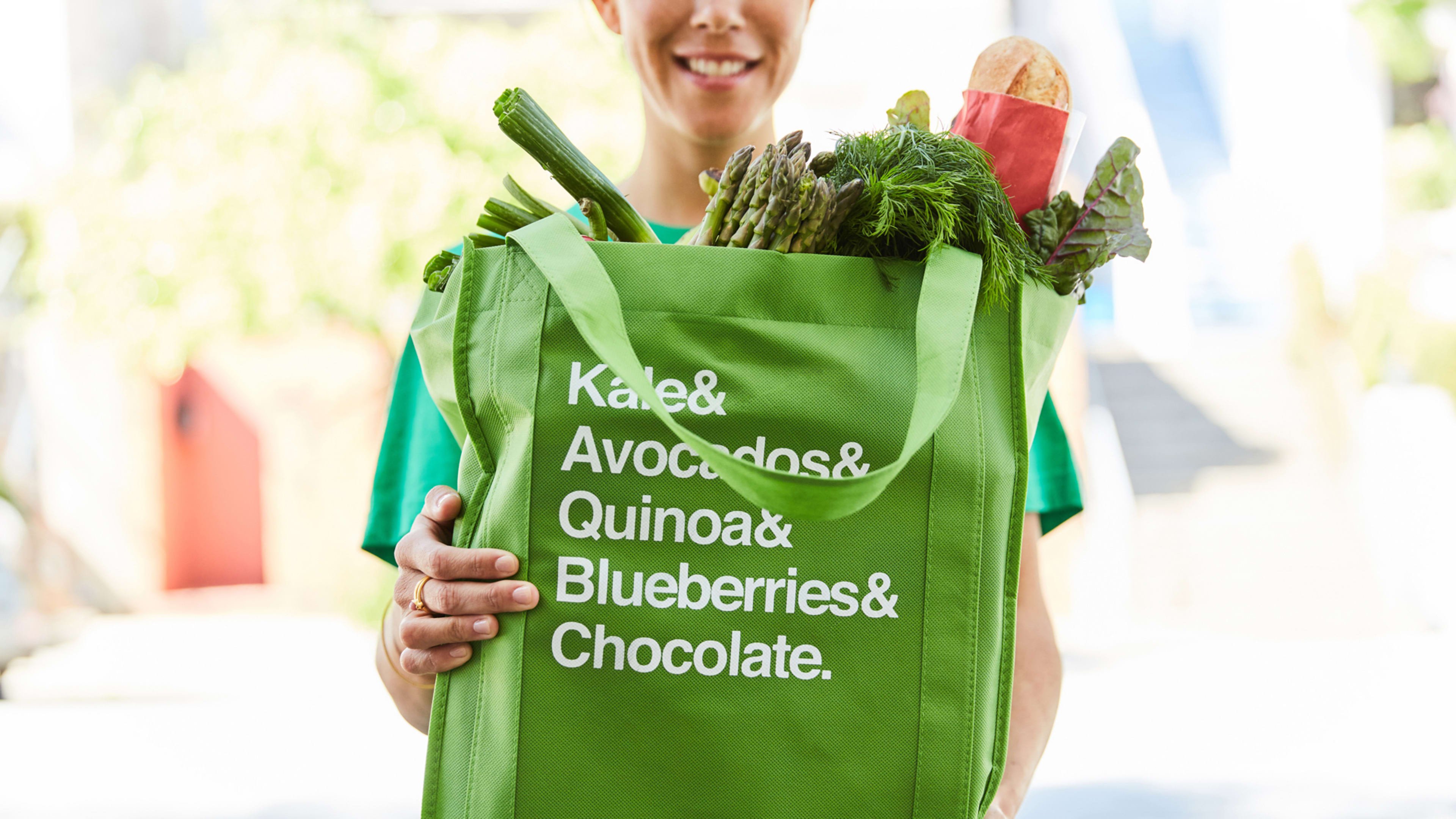Instacart and Whole Foods are breaking up. Though the separation has long been anticipated, it marks something of a tipping point for the six-year-old grocery delivery platform, which is entering its adolescence and now has to prove itself as a sustainable business.
Starting today, Instacart will begin untethering from Whole Foods, which was acquired by Amazon last year. Whole Foods and Instacart signed a five-year contract in 2016. The company declined to disclose the specifics of the agreement it struck with Amazon as part of the contract dissolution. The delivery company has 1,415 in-store shoppers who work at 76 Whole Foods locations. During Phase One of this process, Instacart will wind down operations for 243 workers in less than a dozen Whole Foods stores. The company declined to specify locations. Instacart expects to place 75% of the workers affected by the change at new positions within the company.
A spokesperson for Instacart says the company will try to place workers at other nearby grocery locations in addition to a transfer bonus. The company is also offering a severance to workers who don’t want to take new roles. It’s a three-month separation package based on the maximum monthly pay a person earned in 2018. Those who have worked for the company at least three years stand to get additional compensation: two weeks for every year worked.
The news comes as Instacart, once considered the grocery industry answer to Amazon’s incredible shipping machine, is facing backlash from its contractors. The company recently changed the way it pays workers, resulting in various boycotts and petitions calling for change. These growing pains come as Instacart, worth $7.6 billion, is considering the whens and wheres of a public exit.
Last year, when Amazon acquired Whole Foods, the grocery industry collectively seized. It was the ultimate industry power move: wholesome groceries that could be delivered with speed and–likely–Amazon’s bargain prices. Instacart, a delivery service for groceries, saw its opportunity and struck. In the year since Amazon’s tie-up with Whole Foods was announced, Instacart has grown. Roughly a year ago the company had 160 grocer partners; now it has 300. And big names, too: Kroger, Sprouts, Aldi, and Sam’s Club. It’s also started expanding beyond the U.S. through contracts with Walmart Canada and Loblaw.
While Instacart has provided a ready solution for grocers wanting to combat Amazon in the more immediate term, many are still considering their options. In addition to Whole Foods, Instacart also parted ways with Target earlier this year, which acquired competitor Shipt in 2017. Walmart, which is working with Instacart in Canada, launched its own U.S. crowdsourced delivery network called Spark and plans to open it up to 40% of the country by year’s end.
But Instacart is pushing to expand its product offering to help its grocers directly compete with Amazon. For instance, this year Instacart began offering pickup services for customers who don’t want or need delivery, which is free for its subscription members. The company will need to continue to press its services forward as grocers consider whether partnerships, acquisitions, or homegrown efforts will provide the best path forward in this new digital era.
Recognize your brand’s excellence by applying to this year’s Brands That Matter Awards before the early-rate deadline, May 3.
